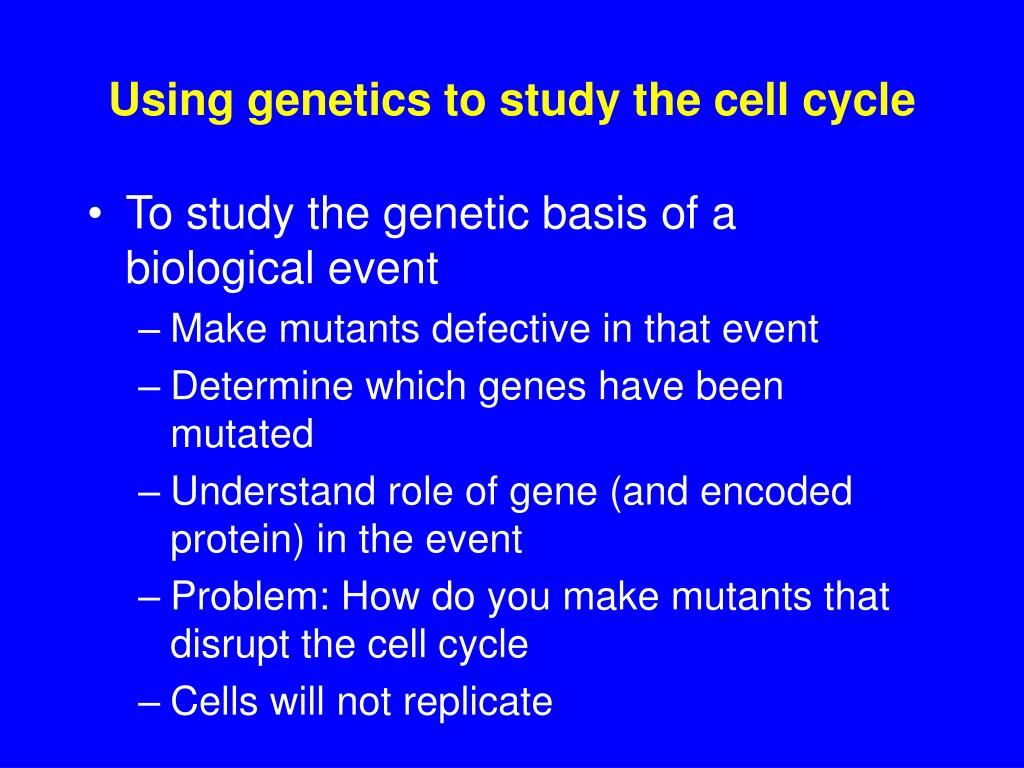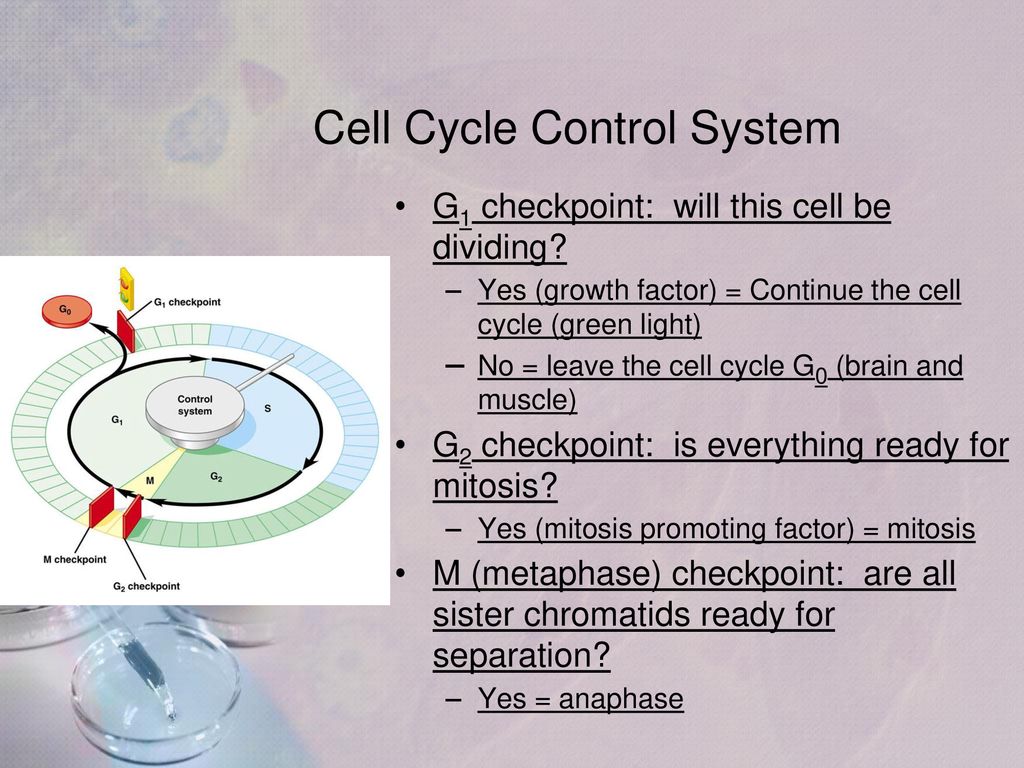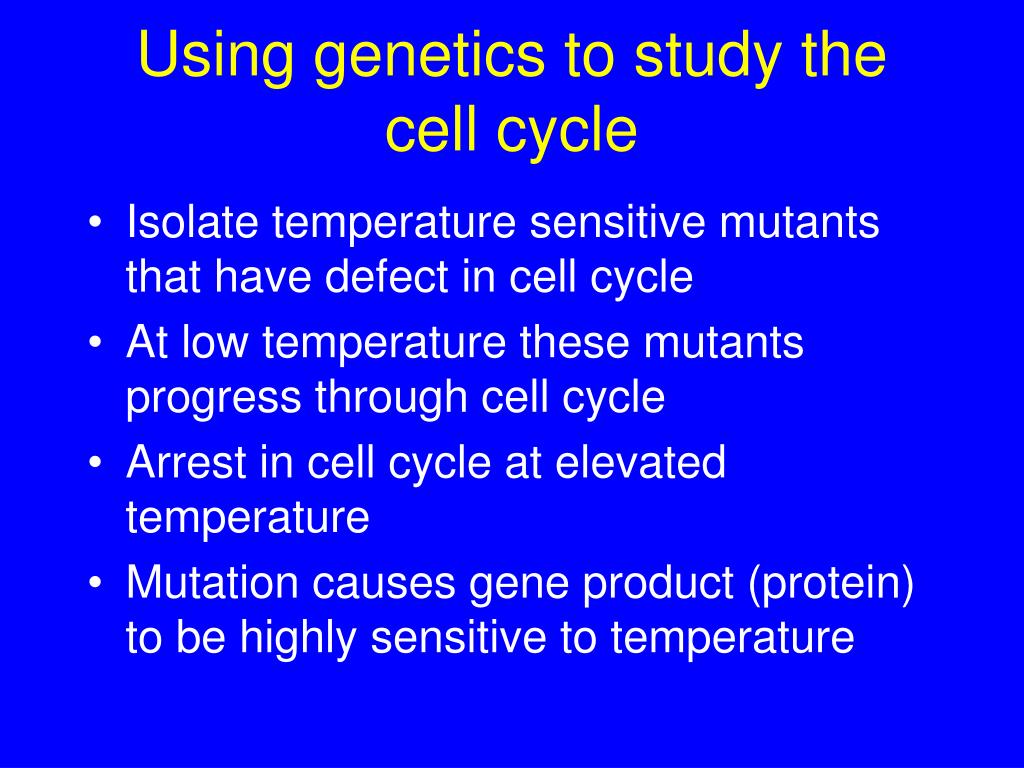Biochemical Control of the Cell Cycle PowerPoint Presentation Biology Diagrams Explore how the cell cycle control system regulates cell division through key phases, proteins, and checkpoints to maintain genomic stability and prevent errors. and division. These phases—G1, S, G2, and M—operate sequentially to ensure genetic material is accurately duplicated and distributed. Each stage is tightly regulated to prevent Surveillance control mechanisms that check to ensure proper completion of early events and cellular integrity before initiation of subsequent events in cell cycle progression are referred to as cell cycle checkpoints and can generate a transient delay that provides the cell more time to repair damage before progressing to the next phase of the

Cyclin-dependent kinases (CDKs) lie at the heart of eukaryotic cell cycle control, with different cyclin-CDK complexes initiating DNA replication (S-CDKs) and mitosis (M-CDKs)1,2. However, the

Control of the Cell Cycle Biology Diagrams
A variety of genes are involved in the control of cell growth and division. The cell replicates itself in an organized, step-by-step fashion known as the cell cycle. Tight regulation of this process ensures that a dividing cell's DNA is copied properly, any errors in the DNA are repaired, and each daughter cell receives a full set of chromosomes.

Control of the cell cycle. There are three key checkpoints in the cell cycle that provide regulation oversight: G 1 checkpoint, The integrity of the genetic information within the cell is critical for the well-being of the organisms and its offspring, so these processes are clearly controlled. The Cell-Cycle Control System Can Be Dissected Genetically in Yeasts. Yeasts are tiny, single-celled fungi whose mechanisms of cell-cycle control are remarkably similar to our own. Two species are generally used in studies of the cell cycle. The fission yeast Schizosaccharomyces pombe is named after the African beer it is used to produce. It is

12 Gene Regulation and the Cell Cycle Biology Diagrams
In animals, the primary example of cell cycle control in G 2 is provided by oocytes. Vertebrate oocytes can remain arrested in G 2 for long periods of time in which the daughter cells failed to inherit complete copies of the genetic material. In most cells, this coordination between different phases of the cell cycle is dependent on a The tumour suppressor protein p53 is a sequence‐specific DNA‐binding protein, that is able to induce either cell cycle arrest or apoptosis at the cell cycle checkpoints. The p53 tumour suppressor gene was first discovered in SV40 transformed cells by the finding that its protein product p53 was tightly bound to the SV40 large T oncogene

